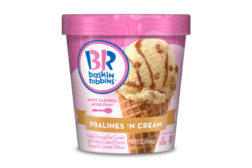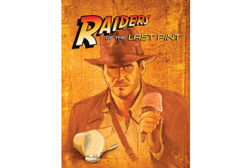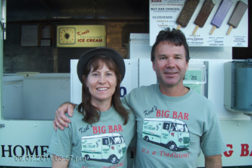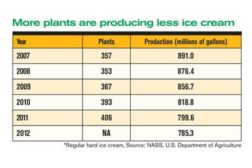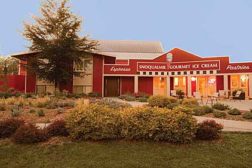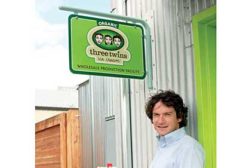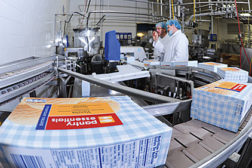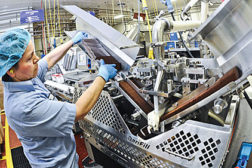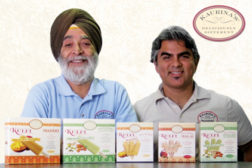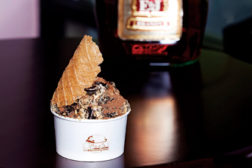Home » ice cream processors
Articles Tagged with ''ice cream processors''
Raising the bar on ice cream novelties
We so loved the Big Bar from Kent’s Ice Cream that we bought the business and moved to Wisconsin.
May 13, 2013
Sales
Can't lick the ice cream blues
More plants are producing less ice cream. The number of units sold barely increased.
March 11, 2013
Snoqualmie Ice Cream: Perfection in a pint
‘We make perfect ice cream,’ says the owner of Snoqualmie Ice Cream in Washington state. Organic milk and cream, innovative flavor combinations and homegrown herbs and fruits contribute to the products’ popularity.
March 10, 2013
Three Twins Ice Cream aims for the top
Neal Gottlieb is taking aim at the top national brands of super-premium ice creams. He calls his organic products ‘inconceivably delicious.
March 9, 2013
How Safeway is building its own brands
The supermarket chain embraces the concept that it is building brands, not just selling private-label foods and beverages.
October 12, 2012
Making ice cream the safe way
Safety first, then efficiency. That’s how Safeway makes packaged ice cream and frozen novelties at its plant in Bellevue, Wash. Lean manufacturing principles guide the business.
October 10, 2012
Kulfi talk
Kaurina's kulfi: an Indian ice cream-style treat is made in Texas
September 19, 2012
Stay ahead of the curve. Unlock a dose of cutting-edge insights.
Receive our premium content directly to your inbox.
SIGN-UP TODAYCopyright ©2024. All Rights Reserved BNP Media.
Design, CMS, Hosting & Web Development :: ePublishing
